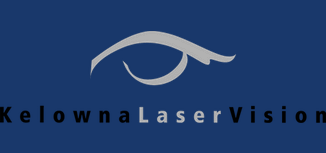Laser Vision Correction - Explained
Laser vision correction is a laser surgery performed by an expert and specially trained ophthalmologist using a laser to reshape the cornea of the eye in order to correct some vision problems including farsightedness, nearsightedness, and astigmatism. The laser is a concentrated beam of cool ultraviolet light and it is precise enough to cut notches in a single strand of hair without breaking it, each pulse of the laser removes 39 millionths of an inch of corneal tissue in 12 billionths of a second.
Candidates for laser vision correction must be at least 18 years of age, with good health and no eye diseases such as cataracts or optic nerve diseases.
Eye Surgery: Lasik and PRK
There are two main types of laser vision correction: LASIK and PRK. Both use the same laser, and both have essentially the same end visual result. The reshaping of the cornea must be performed on the second layer, the thickest layer, called the stroma. Laser treatment cannot be done on the outermost layer (epithelium) as this layer is constantly regenerating. It fills back in over time, so changes to this layer would not remain constant.
LASIK & PRK Recovery
The healing process after LASIK and PRK is very much individualized and therefore, results will vary greatly from patient to patient. Lasik patients tend to achieve driving levels of vision faster that those undergoing PRK, however the vision for either procedure doesn't completely stabilize until about three months after the original treatment. The end visual result should be equal.
Monovision
As people age, they gradually lose the ability to focus on objects that are up close. This is known as presbyopia. The natural lens inside the eye is flexible when you are young which allows the shape of the lens to change easily when you read. With increasing age, the lens gradually loses its flexibility resulting in a decreased ability to focus at close range. This process cannot be reversed but there are methods to improve near vision such as reading glasses, bifocals, progressive lenses and monovision. Monovision correction can be done with laser eye surgery and is one way to improve near vision without glasses.
Lens Exchange Surgery
Although not technically a laser surgery, lens exchange or refractive lens exchange surgery (RLE) is also done at Kelowna Laser Vision to reduce dependency on glasses or contact lenses.



